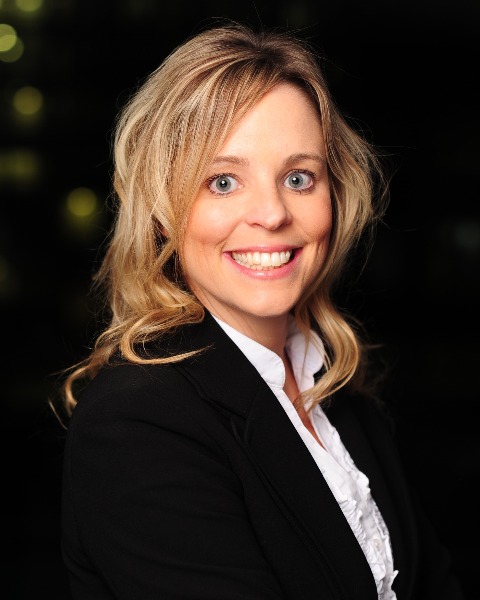Rapid Fire Abstracts
Free breathing, motion corrected T2 mapping of the myocardium (RF_TH_277)

Melany B. Atkins, MD
Division Chief, Cardiovascular Imaging
Fairfax Radiological Consultants, Inova Fairfax Hospital
Melany B. Atkins, MD
Division Chief, Cardiovascular Imaging
Fairfax Radiological Consultants, Inova Fairfax Hospital- MV
Michael Vinsky
MR Academic Clinical Development Specialist
GE Healthcare - MJ
Martin A. Janich, PhD
Director, Cardiac MRI
GE HealthCare, Germany - XM
Xianglun Mao, PhD
MR scientist
GE HealthCare - AS
ALESSANDRO SCOTTI, PhD
MR Clinical Scientist
GE HealthCare - JM
Junjie Ma, PhD
Cardiac MRI Scientist
GE HealthCare
Presenting Author(s)
Primary Author(s)
Co-Author(s)
Quantitative myocardial tissue characterization has emerged as a critical tool to aid in diagnosis of certain cardiovascular diseases. Relaxation time T2, in particular, has been associated with myocardial edema, a marker of inflammation1. In order to measure T2, many utilize a multiecho fast spin echo (MEFSE) approach2. This technique requires long breath holds and is sensitive to hearbeat variability, as well as motion in between the echoes. We present the comparison between a conventional MEFSE technique and a new motion-corrected T2-prepared balanced steady state free procession (bSSFP) technique.
Methods:
Forty-six patients were enrolled in this study. Eleven patients were excluded from the study due to non-diagnostic image quality on the conventional MEFSE T2 map precluding processing. Cardiac MRI was performed on a 1.5T SIGNA Artist (GE HealthCare, Waukesha, WI) with a 21-channel multi-purpose blanket surface coil, combined with a 40-channel built-in posterior coil array. The cardiac MR protocol included the conventional T2 MEFSE method , consisting of a multi-echo DIR Fast Spin Echo sequence with 4 echoes, and a motion corrected T2-prepared bSSFP sequence with 4 preparation times3,4. Sixteen patients were scanned utilizing breath holding for a direct comparison to the conventional method, while the remaining were scanned with respiratory triggering, to explore the potential of a free breathing exam. T2 maps were processed with Tempus Pixel software. Global myocardial values were compared with a Bland-Altman analysis to assess consistent biases. The image quality was assessed on a 5-point Likert score for each series. The image quality, T2 values, and the T2 sequence acquisition time, inclusive of breaks and breath holds, were compared between the two techniques though a Wilcoxon signed rank-sum test. A P-value less than 0.05 was considered statistically significant for all tests.
Results:
Image quality utilizing the motion corrected bSSFP technique was significanly improved over the conventional MEFSE acquisition with both breath holding (p< 0.002) and respiratory triggering (p< 0.0002). An exemplary case of T2-weighted images and T2 maps acquired with MEFSE and T2-prep SSFP is shown in Figure 1. Severe artifacts and blurring of the myocardium and papillary muscles, observed on the MEFSE, are resolved on the motion correction series. Acquisition time was shorter with the bSSFP respiratory triggered technique over the conventional one (p< 0.01), while the acquisition time of the breath held bSSFP and MEFSE demonstrated no significant difference. T2 values in this cohort were found to be an average of 5% less with the bSSFP technique over conventional MEFSE. Figure 3 shows the Bland-Altman plot demonstrating relative differences in T2 values between the two techniques.
Conclusion:
Cardiac MR is a labor-intensive examination with long breath hold requirements. This patient cohort frequently has limited breath hold capabilities and are arrhythmic. Therefore, respiratory triggered and motion corrected sequences are preferred. In our study, the respiratory triggered and motion corrected T2-prepared bSSFP demonstrated better image quality and scan efficiency than the conventional MEFSE technique, providing a solid tool for the assessment of myocardial edema and benefitting especially those patients with elevated or unstable heart rate. The bSSFP technique demonstrated a decrease in average T2 values globally as compared to the conventional technique, as previously reported5.

